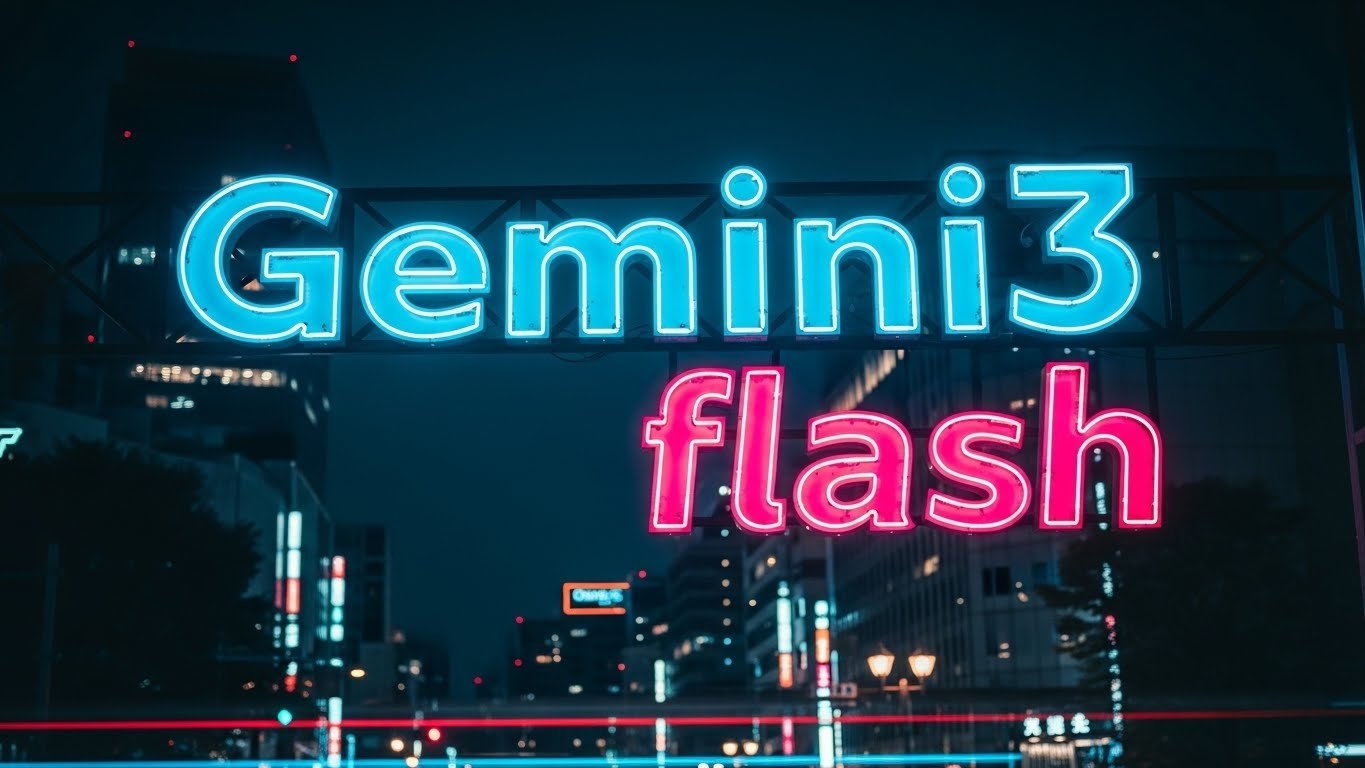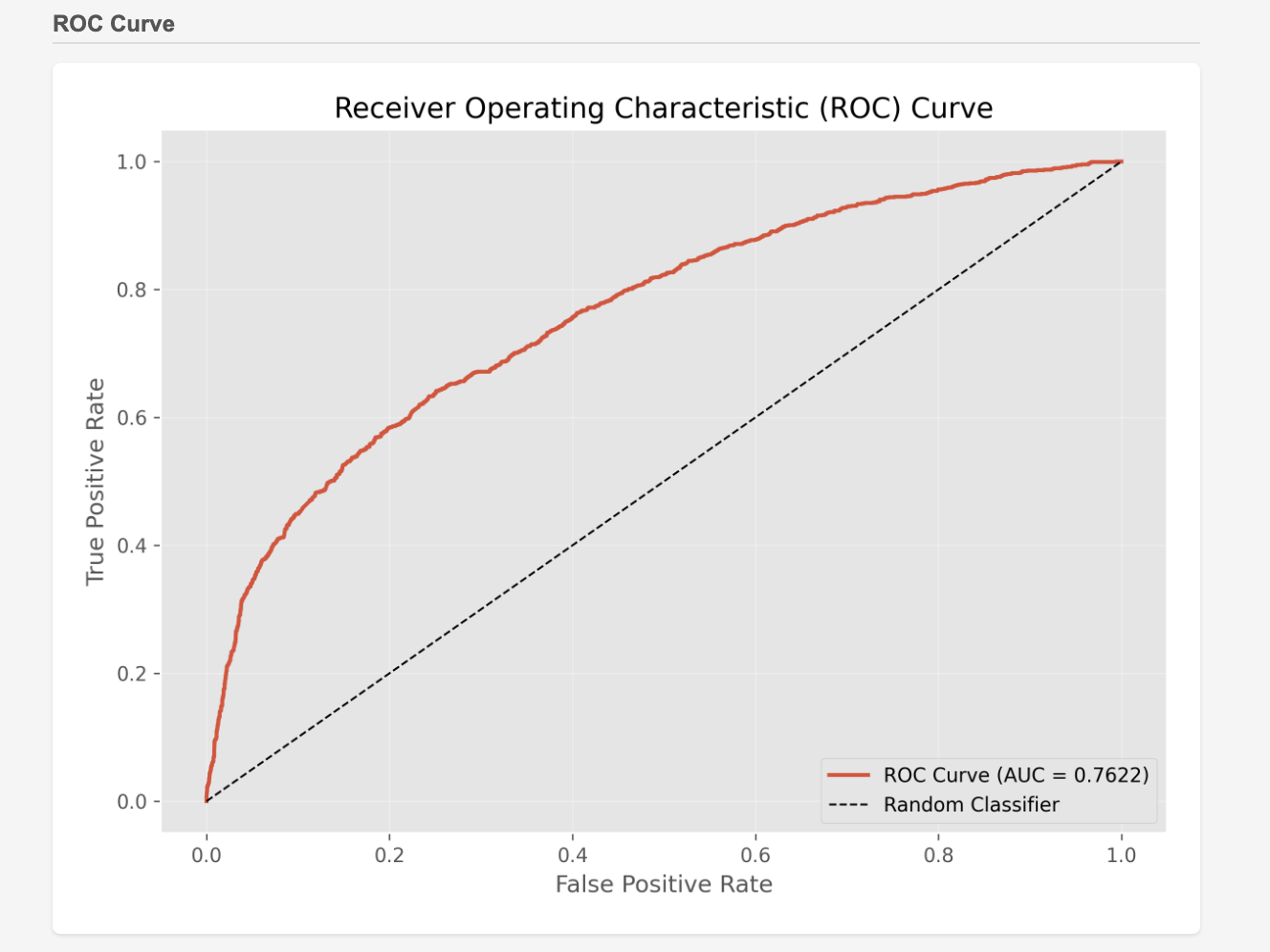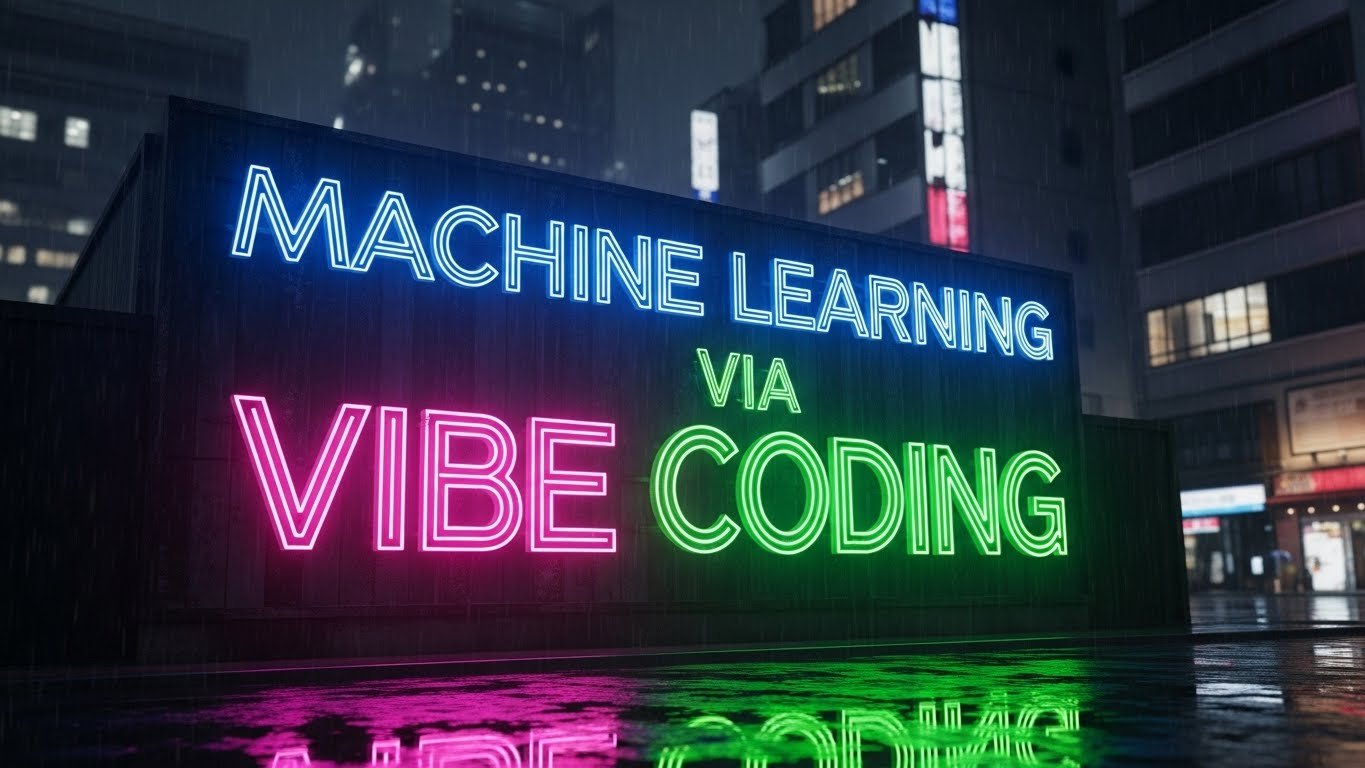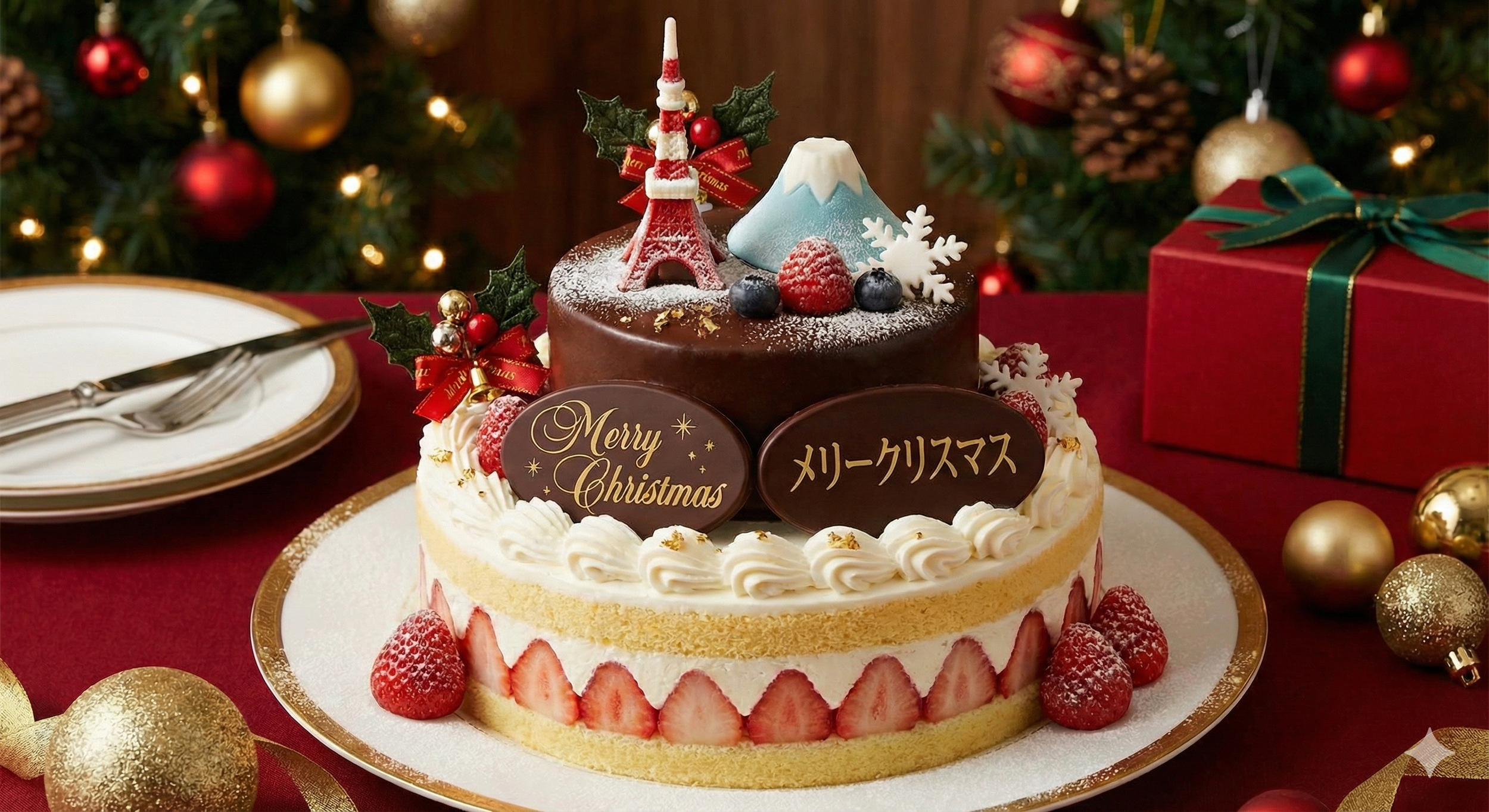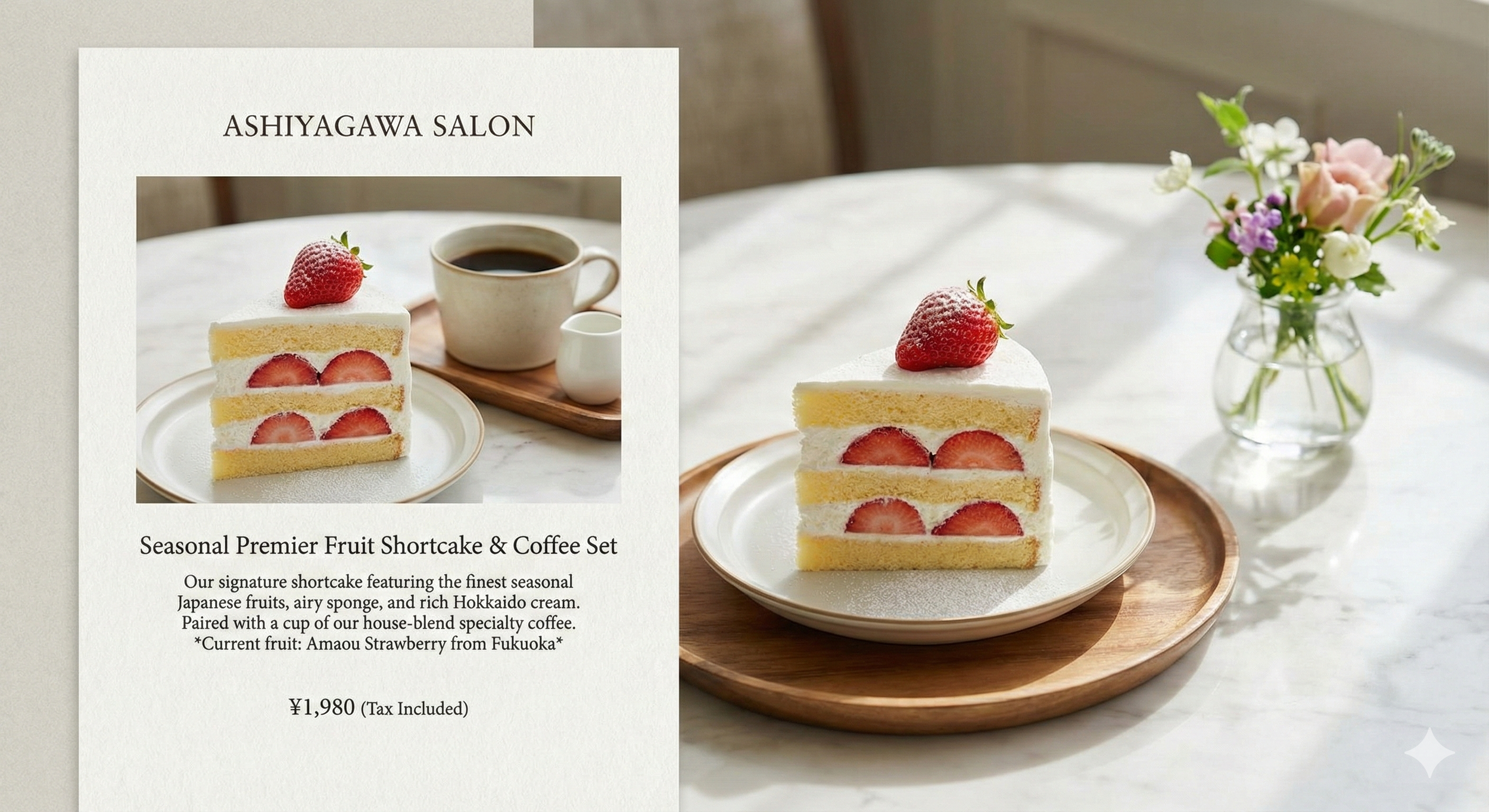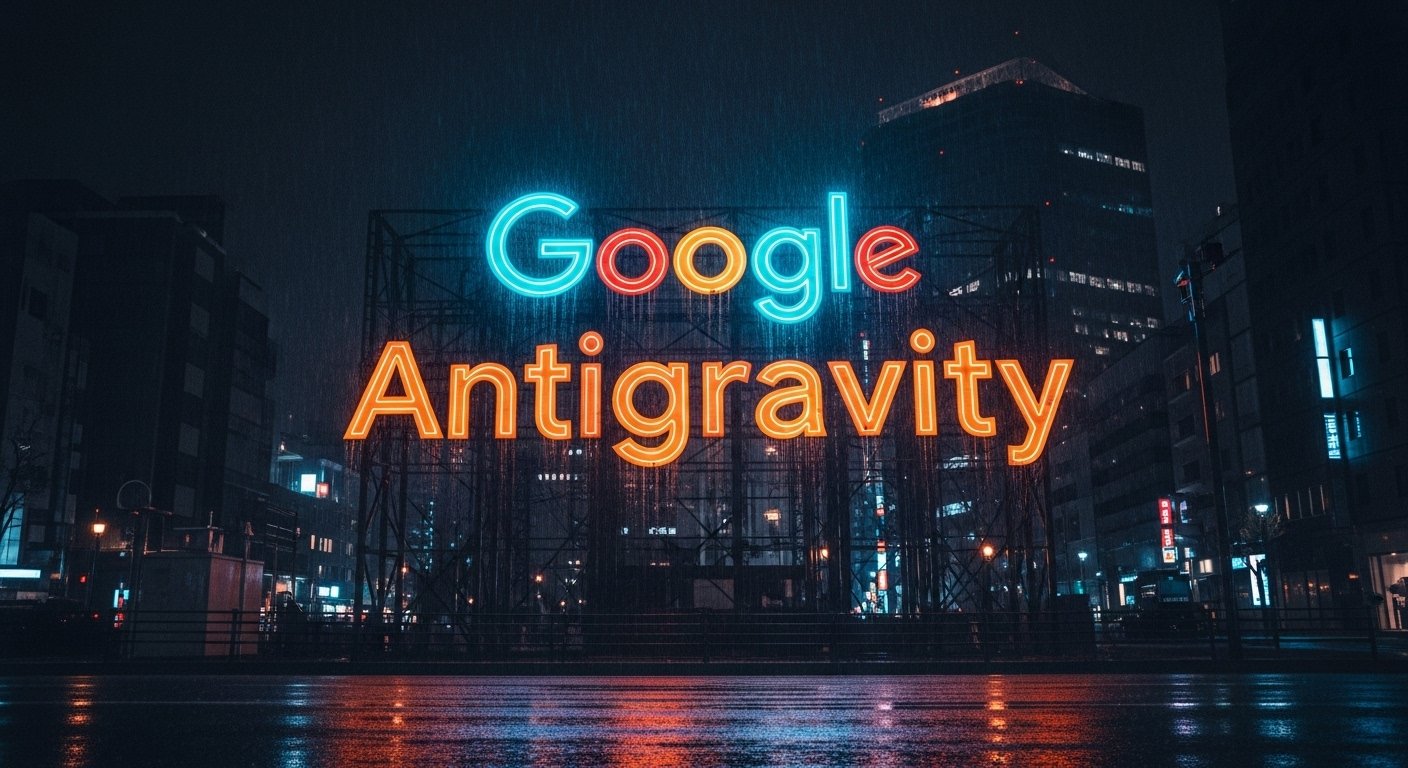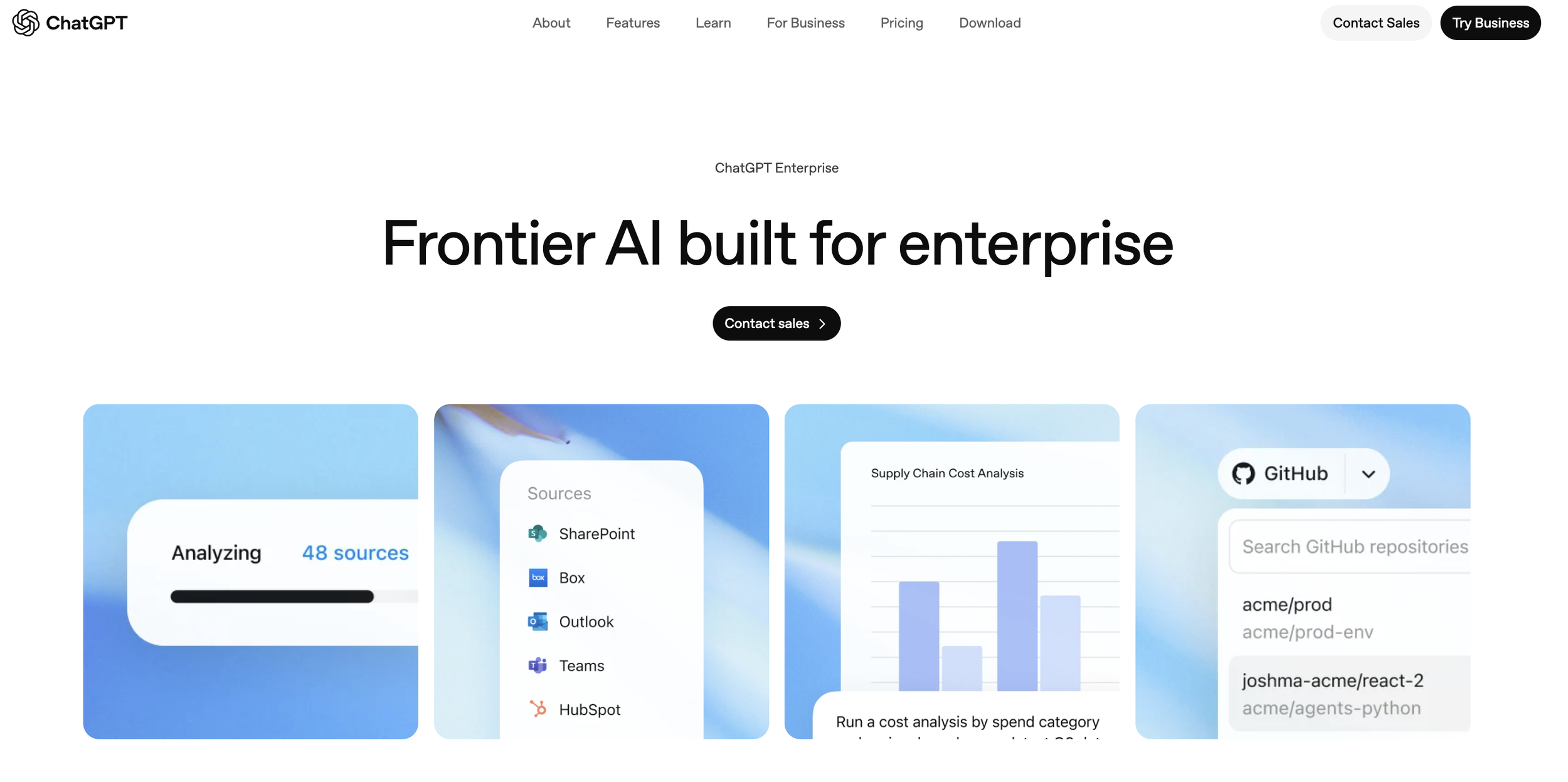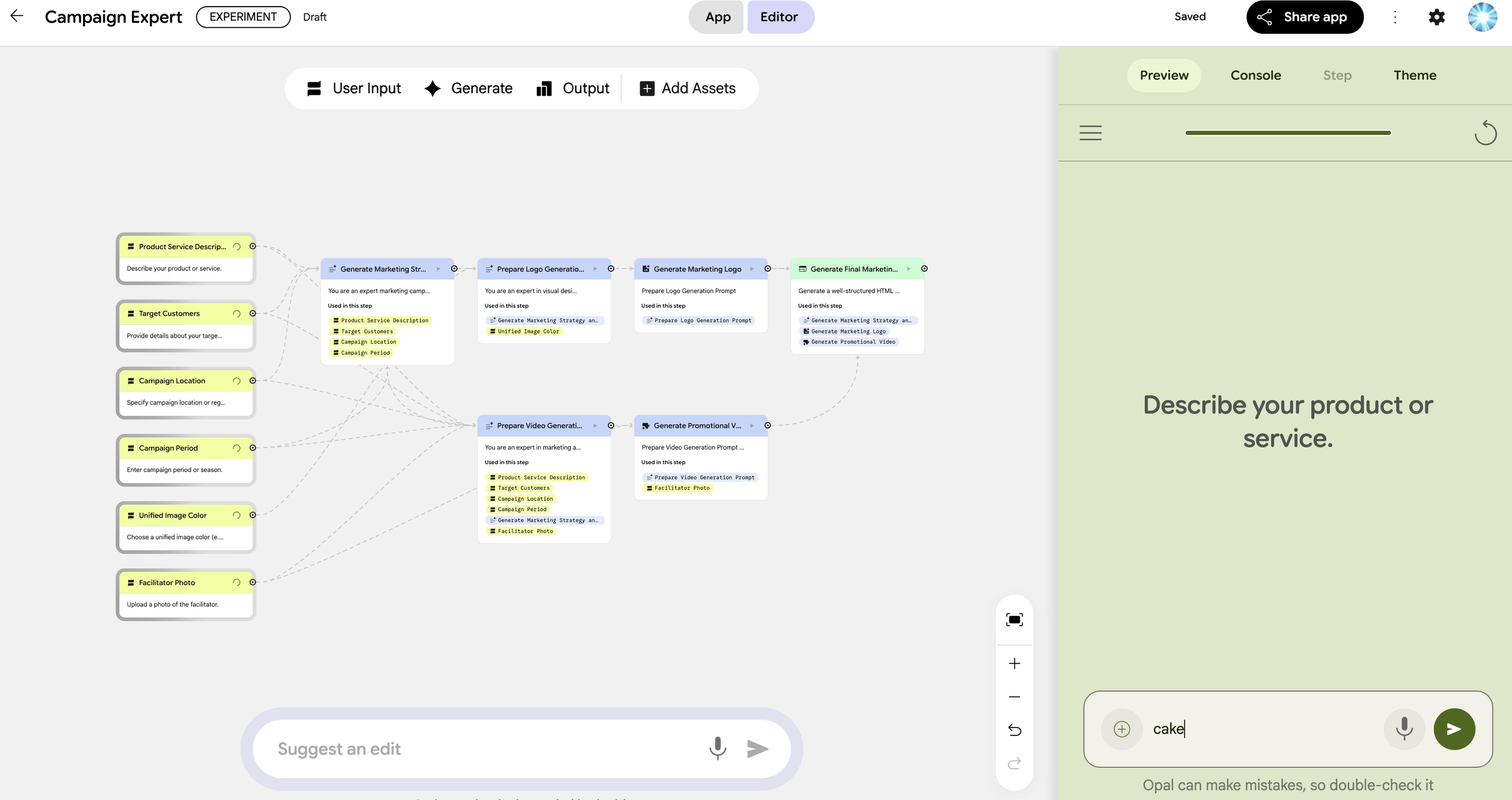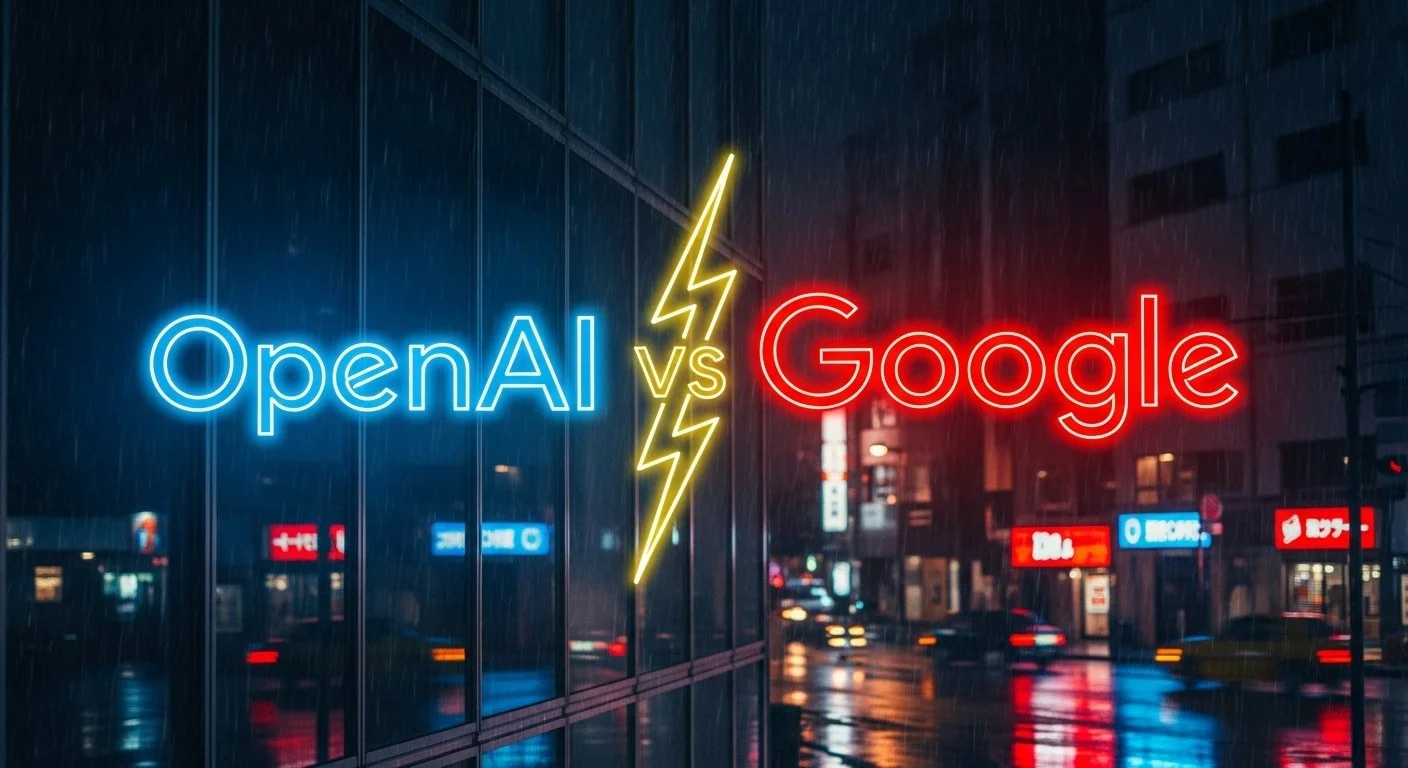Gemini 3 Flash (1) — likely the final major AI model debut of 2025 — is currently making waves. Despite being positioned as an affordable, mid-tier model, its performance is reportedly on par with flagship models. Today, I want to put Gemini 3 Flash to the test and see just how much its multimodal capabilities have evolved. Let’s dive right in.
1. App Development
To conduct our experiments, I wanted to create a simple application using Google AI Studio. By simply entering a prompt into the interface, the app was ready in an instant. No Python was used at all. This level of accessibility means even non-engineers can build functional apps now. Things have truly become incredibly convenient.
2. Object Counting
First, I challenged the model with a task that has historically been difficult for AI: counting objects. I asked the AI to count the number of cans and cars in an image. I counted them myself as well, and the AI’s response was spot on. At this level of accuracy, we might no longer need specialized object detection models for general tasks.
3. Economic Analysis from Charts
Next, let’s try a task that requires a higher level of intelligence: interpreting economic indicators from charts and generating an analytical report. Japan has entered a super-aging society faster than any other developed nation, and the labor force is steadily declining. For this test, I provided charts for the labor force population, unemployment rate, and Manufacturing Sector hourly wages. I then instructed the AI to read these charts, synthesize the data, and produce a comprehensive analysis.
labor force population
unemployment rate
Manufacturing Sector hourly wages
In 30 seconds, the economic report was generated. Below is an excerpt. I was genuinely impressed by the depth of analysis derived from just three charts. Gemini 3 Flash is truly formidable!
Conclusion
What do you think? Gemini 3 Flash is a fantastic value, being significantly cheaper than rival flagship models. Given that its multimodal performance is top-tier, I believe this will become the "go-to" model for many users. For AI startups like ours, having a model that allows for extensive experimentation with high token volumes without breaking the bank is incredibly reassuring. I highly recommend giving it a try!
Stay tuned!
You can enjoy our video news ToshiStats-AI from this link, too!
1) Gemini 3 Flash: frontier intelligence built for speed, Dec 17, 2025, Google
Copyright © 2025 Toshifumi Kuga. All right reserved
Notice: ToshiStats Co., Ltd. and I do not accept any responsibility or liability for loss or damage occasioned to any person or property through using materials, instructions, methods, algorithms or ideas contained herein, or acting or refraining from acting as a result of such use. ToshiStats Co., Ltd. and I expressly disclaim all implied warranties, including merchantability or fitness for any particular purpose. There will be no duty on ToshiStats Co., Ltd. and me to correct any errors or defects in the codes and the software.

